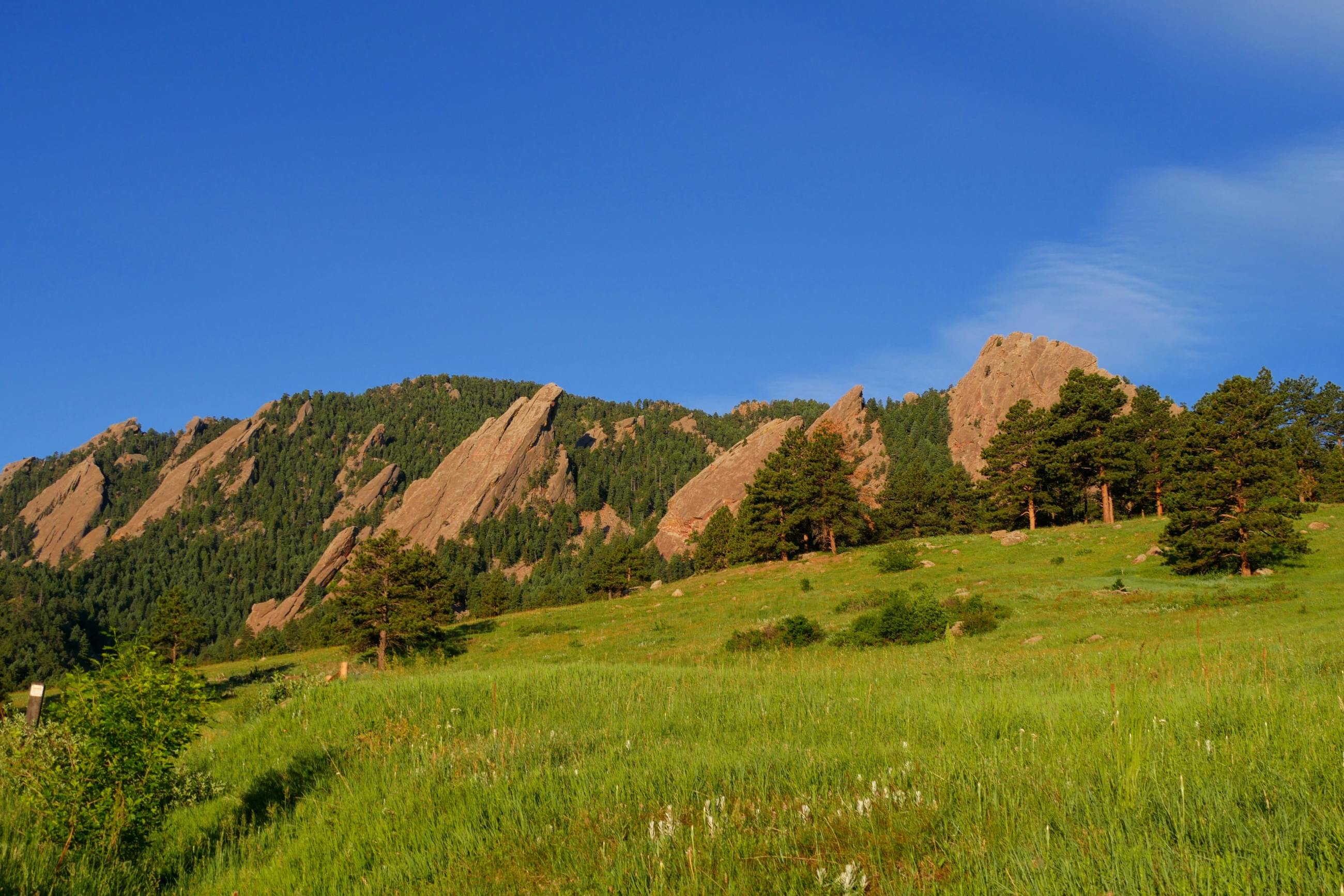The Knight Foundation-commissioned report also reveals while most residents feel these amenities are important, a national gap in access to these areas exists along racial and economic lines.
BOULDER, Colo. – A new landmark study commissioned by Knight Foundation and conducted by the Urban Institute finds that most Boulder residents report they have easy access to key community urban amenities such as recreational areas, but national data may suggest a gap in access exists along racial and economic lines in urban communities such as Greater Boulder.
The study, “Community Ties: Understanding what attaches people to the place where they live,” also finds that residents report that accessing affordable housing is more difficult.
Here are other key Boulder findings:
- Most Boulder residents feel that they have easier access to recreational areas (97%). However, the report shows that only 14% of residents feel they have access to affordable housing, far below the national average of 50%.
- Nationally, this study finds that while recreational areas ultimately could create more attachment between residents and their community, low-income residents and residents of color often feel that these amenities are less accessible to them than higher-income, white residents.
“This study highlights both the successes of Boulder’s investments in their community and opportunities for continued growth,” said Lilly Weinberg, Knight’s senior director of community and national initiatives. “Boulder is seeking to build a more diverse pipeline of leadership, and this report points to a few areas where the community can invest in and grow, such as affordable housing access, which may influence who has the means to move into the community. During the COVID-19 pandemic, generating equitable housing options is paramount to providing a safe place for all families in the community.”
Conducted prior to the COVID-19 shutdowns, Community Ties leverages a survey of over 11,000 Americans residing in metro areas across the country — including Boulder — to create one of the richest datasets on what drives attachment to place.
- Those with access to quality of life amenities such as arts, recreational areas and safe places to live, work and play reported a deeper attachment to their community, compared with those who did not.
- The Boulder data reveals how attached local residents are to the Boulder metro area and where gaps in access exist across urban amenities. It offers points of consideration for community leaders, including boosting time in the city, focusing on quality of life and paying attention to issues of equity, to strengthen residents’ ties to their communities.
As cities plan for a post-COVID-19 world and reckon with racial justice, the report provides knowledge for public officials and other community leaders to help make cities more resilient, urban public spaces more equitable, and think anew about how to build places where people want to live, work, play and stay.
To see how your city compares in different areas with other Knight communities and the national averages, go to our interactive website.
For interviews, please contact Alexa Lamanna at [email protected] or 202-320-2766.
# # #
About the John S. and James L. Knight Foundation
Knight Foundation is a national foundation with strong local roots. We invest in journalism, in the arts, and in the success of cities where brothers John S. and James L. Knight once published newspapers. Our goal is to foster informed and engaged communities, which we believe are essential for a healthy democracy. For more, visit kf.org.
About Urban Institute
The nonprofit Urban Institute is a leading research organization dedicated to developing evidence-based insights that improve people’s lives and strengthen communities. For 50 years, Urban has been the trusted source for rigorous analysis of complex social and economic issues; strategic advice to policymakers, philanthropists and practitioners; and new, promising ideas that expand opportunities for all. Our work inspires effective decisions that advance fairness and enhance the well-being of people and places.
Image (top) by Malachi Brooks on Unsplash.

